France has some of the most beautiful places to visit. Whether you choose a seaside town or meandering fields of Lavender, there is something for everyone. France’s exceptionally diverse attractions add up to a joyous fête of unimaginable marvels. CN Traveller lists their top 15 favourites.
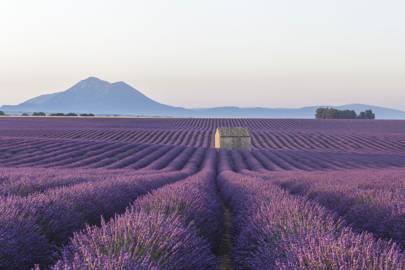 PLATEAU DE VALENSOLE, PROVENCE
PLATEAU DE VALENSOLE, PROVENCEWhen it comes to lavender, timing is everything: to experience the full sniff-and-swoon effect of a glorious field of purple stalks, visit in June and July, when the flowers are abuzz with bees. Explore lesser-known spots such as Sault or Forcalquier and keep an eye out for roadside farmers’ stands, which are the real deal for honey and fragrant lavender by-products. Try a stress-busting lavender-oil-based massage at the L’Occitane spa at boutique hotel Le Couvent des Minimes, set in an elegantly restored 17th-century convent.
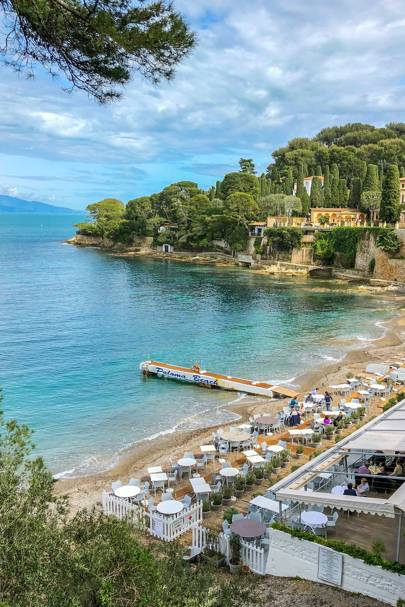
Wedged between Nice and Monaco, this secluded 2.48-square-kilometre finger of privileged land is much more than a luxurious enclave of security-gated mansions. In this quiet, wind-sheltered village where just about anything will grow, there’s a splendid rocky footpath along the shimmering sea to explore, plus a national museum in the extravagant turn-of-the-century gardens at Villa Ephrussi de Rothschild, ablaze with exotic blooms. No wonder the likes of Somerset Maugham, Matisse, Chagall and Cocteau set up house here; for a taste of that timeless splendour, book a sun lounger at the Olympic-sized pool of Le Club Dauphin at the Grand-Hôtel du Cap-Ferrat Four Seasons.
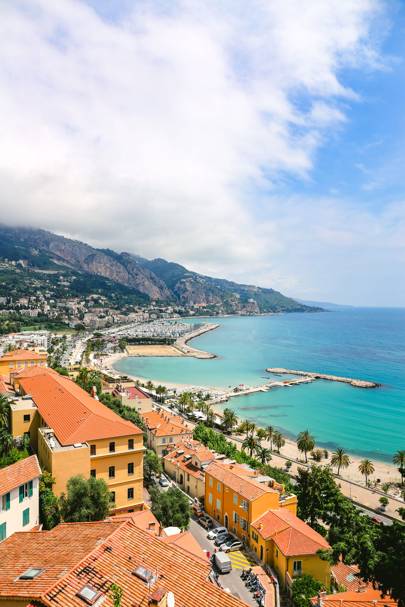
Sheltered by a circle of mountains, this tranquil town flush with the Italian border still conjures a Dolce Vita vintage postcard – the gentle curve of beach, sorbet-coloured stacked houses and the baroque bell-tower church set in the cobblestoned backstreets are just the beginning. On the palm-fringed café-lined seafront, black-vested waiters dodge traffic, balancing trays of Aperol Spritz; at the end of the promenade, the curvy Ricciotti-designed Jean Cocteau Museum glitters in the sun like a white diamond. After a wander through the city’s subtropical gardens and emblematic lemon groves, book lunch at three-Michelin-star Mirazur, where chef Mauro Colagreco dishes up pure poetry on a plate.
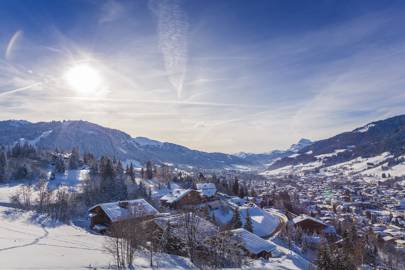
Once a sleepy agricultural tannery town, this exclusive sunlit resort, launched by Baroness Noémie de Rothschild to rival Saint Moritz a century ago, still draws an affluent crowd who come for a fix of old-fashioned charm. Surrounded by majestic peaks and views of Mont Blanc, Megève’s storybook atmosphere – snow-covered pines, jingling horse-drawn carriages, an illuminated cobblestone main square – is also a joy in summer, when the hiking trails are dotted with wildflowers. Book a stay at Les Fermes de Marie, the town’s uber-stylish 70-room hamlet of Alpine farmhouses, and get slathered with edelweiss-derived beauty products at its Pure Altitude Spa.
-
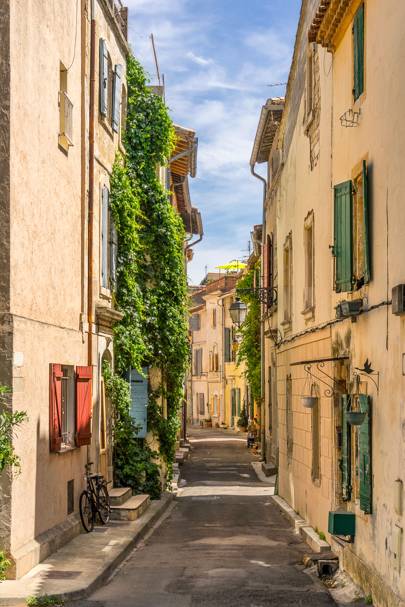 ARLES, PROVENCE
ARLES, PROVENCEWhether you’re wandering on the banks of the Rhone or through the medieval historic centre past the colossal Roman arena, there’s a certain village-like douceur de vivre about Arles that makes it unique. Ancient history and lots of nods to Van Gogh’s time painting here intermingle with a recent upsurge of contemporary artistic effervescence, starting with the ambitious Luma arts complex, featuring the city’s future cultural hub – the Gehry-designed steel-panelled tower shimmering against a blue sky, slated to open in 2021. Just beyond are the wetlands and pink salt flats of the Camargue, a bird-filled sanctuary where wild white horses also roam. Stay at L’Arlatan, a former 15th-century palace transformed into a jewel of eye-popping colours by Cuban-American artist Jorge Pardo.
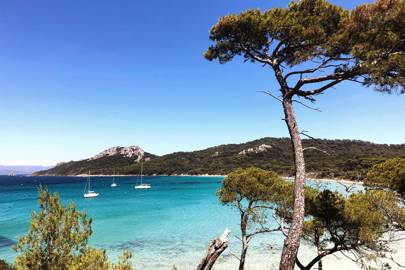
LES ÎLES D’OR, PORQUEROLLES AND PORT-CROS, LE VAR
Less than a dozen kilometres by boat from the Riviera mainland near Hyères, these two government-protected slabs of rock – a mini-paradise of craggy cliffs, clear shallows, powdery beaches and eucalyptus-shaded paths – will quickly strip you of your ordinary routine. Among endless recreational pleasures of island life (everything from hike-or-bike paths through vineyards and underwater parks teeming with rare marine life), visit the recently opened Carmignac Foundation, a contemporary art museum on a wine estate, lost in the pines.
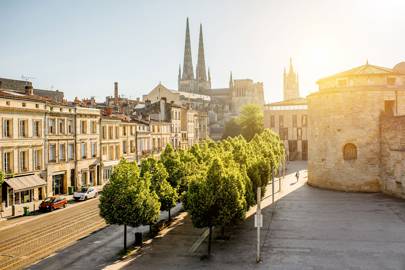
BORDEAUX, LA GIRONDE
With more than 350 UNESCO-listed monuments – a mix of medieval, Renaissance and 18th-century treasures – Bordeauxexults in its status as the world’s largest urban World Heritage Site, but there’s far more to the city than alluring classic architecture. Stroll through the recently revitalised Bassins à Flot district – a long stretch of docklands transformed into tree-shaded walkways lined with riverside restaurants, then visit the city’s contemporary Wine and Trade Museum, a stunning showcase for the region’s exceptional grapes. On the landmark Place de la Comédie, grab a bite at the Quatrième Mur, a buzzing old-world-style brasserie flush with the Opera House, helmed by celebrity chef Philippe Etchebest, serving tasty regional specialities from black truffles to duck and mashed potato pie.
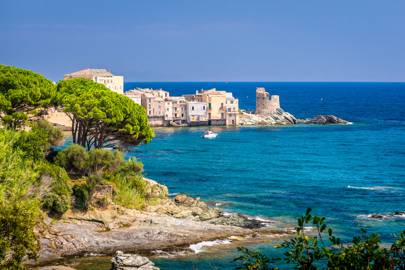
LE CAP CORSE, CORSICA
Less than an hour’s drive away from the bustling seaport of Bastia, this wild peninsula of tiny fishing villages, Genoese towers and dunes of soft sand is a small miracle of seaside splendour that continues to avoid over-development. Head to the tip of the finger at Macinaggio and take the coastal footpath that winds around the cliffs. Sheep and cows graze in a grassy meadow, just behind the inlets of emerald and aquamarine sea; the rolling maquis-covered hillsides are a fragrant fête of wildflowers, rosemary, myrtle and thyme. Stay at the recently opened Misincu in Porticciolo, Cap Corse’s first smart eco-friendly retreat.
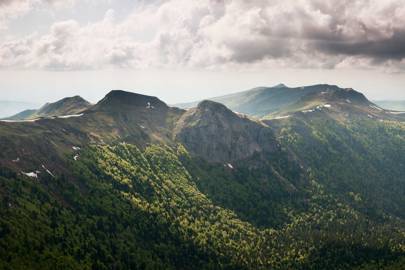
PARC DES VOLCANES, AUVERGNE
If you’re a hang-gliding enthusiast, floating over Auvergne’s Chaîne des Puys, Europe’s largest chain of extinct volcanoes, is one way to visit this spectacular park. But you can also glimpse a partial view of these 80 symmetrical cones by driving or hiking through the neighbouring countryside. Here, in the heart of France’s rural zone of undulating valleys, verdant forests and grassy pastures dotted with grazing cows, there are few distractions, save the farmers’ markets – a cornucopia of home-cured sausages and regional cheeses. For hearty local comfort food, head to the Hôtel Bel Horizon in Vic-sur-Cère and order pounti, a prune and bacon terrine, and truffade, a potato pancake cooked in duck fat and topped with fresh Cantal.
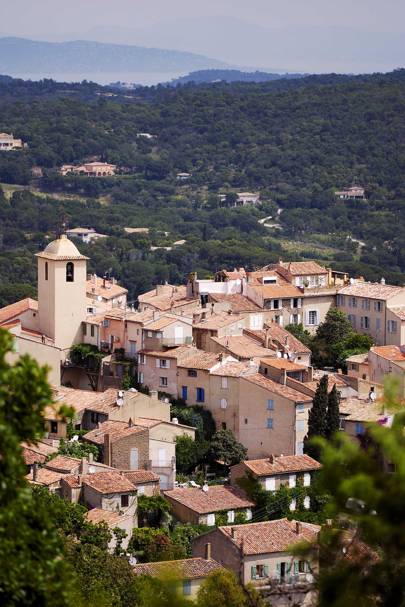
RAMATUELLE, LE VAR
Only a few kilometres from the sandy stretch of Pampelonne beaches and verdant vineyards, this discreet fortified hilltop village – a former Saracen stronghold of tiny flower-lined alleyways and pastel-shuttered façades – is the bling-free flip side of Saint-Tropez. In high season, expect a linen-clad second-home crowd strolling around the snail-shaped circular maze of boutiques or sipping espresso at the family-run Café de l’Ormeau in the leafy square. On Thursday and Sunday mornings, the Provençal market takes over with an array of goat’s cheeses, olives, fragrant soaps and local crafts. Hop down to beachside haunt Chez Camille for the real deal in bouillabaisse.
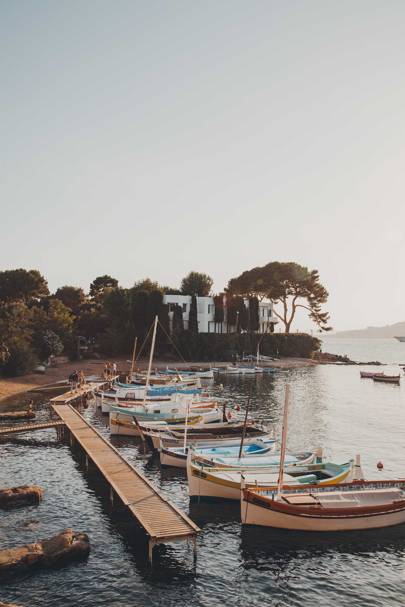
CASSIS, PROVENCE
It’s no mystery why Dufy, Derain and even Churchill felt compelled to paint Cassis’s miniature port – a curve of pink, yellow ochre and eggshell-blue houses and wooden fishing boats. But the allure of this unique gentrification-resistant village doesn’t stop there. Aside from the pure joy of slurping down fresh sea urchins with local wine at the harbourside restaurants, you can stroll along the dazzling coastal limestone cliffs – les calanques – that lead to turquoise water, or unfurl your towel on the pebbly Plage du Bestouan. Stay at on-the-water Les Roches Blanches, a gem facing the glinting gold Cap Canaille.
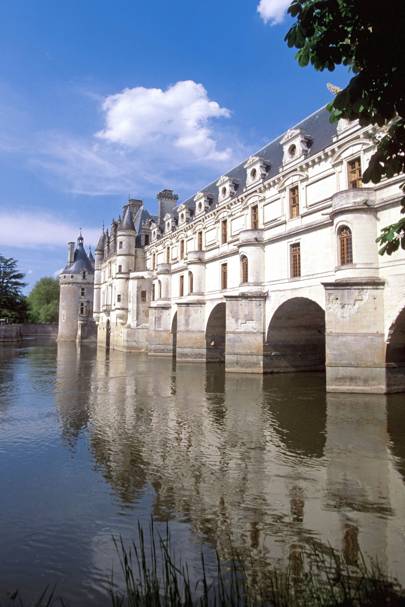
CHATEAU DE CHENONCEAU, THE LOIRE VALLEY
Among France’s most emblematic beauties in Renaissance architecture, this imposing castle spanning the Cher River has an illustrious history of women, who played a leading role in its restoration. Built in 1513 by Thomas Bohier and his wife, Katherine Briçonnet, it was later embellished by both Diane de Poitier and Catherine de’ Medici, whose tasteful artistry included the construction of an Italian maze of 2,000 yew trees. Highlights also include fragrant rose gardens and an impressive collection of tapestries, furniture and paintings by great classical Baroque masters from Rubens to Poussin.
Read more:
The Best Italian Islands to Visit
The Prettiest Greek Villages to Visit
The Most Beautiful Beach Towns in the World


